(MPI) – Deputy Prime Minister Tran Hong Ha has just signed Decision No. 92/QD-TTg dated January 14, 2025 promulgating the Plan to implement the Quang Tri Provincial Planning for the 2021-2030 period, with a vision to 2050.
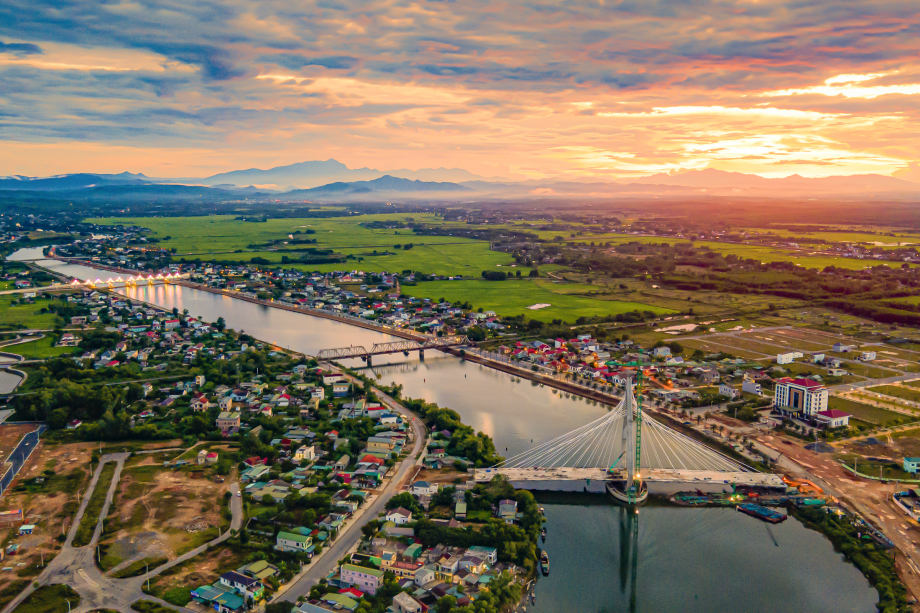 |
| Illustration photo. |
According to the Plan for implementing the Quang Tri Provincial Planning for the period 2021-2030, with a vision to 2050, the requirement is to ensure compliance and inheritance of action programs, plans to implement national and regional planning, and approved public investment plans; ensure connectivity and consistency between tasks, programs, and projects of sectors and localities.
Ensuring feasibility, flexibility, and suitability with the socialist-oriented market economic institution, the context of international integration, and local practices.
Mobilize and effectively use resources according to the motto that internal resources are fundamental and external resources are important, closely combine internal resources with external resources to create optimal comprehensive resources, "take public investment to lead private investment" to create a breakthrough in attracting investment capital in developing and perfecting a synchronous and modern strategic infrastructure system, ensuring overall connectivity.
Developing 4 breakthrough areas, 5 key industries, 4 economic development driving corridors
Regarding the implementation of projects according to the Provincial Planning, for public investment projects: Quang Tri province will complete the infrastructure from projects that have been and are being implemented from public investment capital to promote the effectiveness of works and projects; using public investment to activate all social resources.
Prioritize the implementation of infrastructure projects that create great spillover effects, especially the province's strategic transport infrastructure, ensuring synchronization, modernity, and comprehensiveness, promoting regional and intra-regional connectivity; infrastructure of the Southeast Economic Zone and industrial parks; infrastructure of healthcare,education , culture, sports, social security, science and technology; urban technical infrastructure, especially dynamic urban areas identified in the Provincial Planning to attract investment capital sources, ensuring a reasonable and effective investment structure.
Continue to prioritize investment in completing irrigation infrastructure, dykes, water supply, waste and wastewater treatment, healthcare, education, social security, national defense, security, environmental protection, natural disaster prevention and mitigation, adaptation to climate change and rising sea levels; support the implementation of green development and sustainable development goals; pay attention to investing in infrastructure to serve the socio-economic development of ethnic minority, mountainous and border areas of the province.
For capital sources other than public investment capital: Invest in completing the province's infrastructure to promote the investment efficiency of infrastructure projects that have been and are being implemented with public investment capital. Promote investment attraction to expand and improve productivity and efficiency of production and business establishments in the province;
Priority sectors and fields to attract investment include: Developing 4 breakthrough areas: Building synchronous transport infrastructure; strongly improving the investment and business environment, administrative reform, reforming procedures for appraising and approving investment projects; improving the quality of human resources; implementing digital transformation.
Developing 5 key industries: Renewable energy; tourism; logistics services; processing and manufacturing industry; commodity agriculture, applying high technology and advanced technology.
Develop 4 economic development driving corridors: Central economic corridor - from both sides of National Highway 1 to both sides of the expressway; coastal economic corridor; East-West corridor connecting internationally with Laos, Thailand and the Mekong sub-region; border economic corridor. In which, the central economic corridor and coastal economic corridor play the main role of development driving force.
Regarding resources and the use of resources to implement the planning, to achieve the target of an average annual GRDP growth of 8.2% in the 2021-2030 period, it is expected to need to mobilize a total social investment capital of about 434,056 trillion VND.
07 main groups of tasks and solutions
The plan sets out 7 main groups of tasks and solutions, including: Attracting investment for development; developing human resources; developing science and technology; ensuring social security; protecting the environment; ensuring financial resources; and ensuring national defense and security.
In order to attract investment for development, Quang Ngai province continues to promote administrative procedure reform, improve the investment and business environment, and enhance provincial competitiveness. Effectively use public investment capital, focus on investment, prioritize key projects, projects with regional linkages, and create development momentum.
Implement policies to attract investment in various forms, mobilize domestic and foreign investment capital sources, prioritize attracting investment capital into infrastructure construction, energy projects and dynamic projects, key traffic works, cultural development and cultural industries.
Encourage and attract partners with good brands, large financial capacity, stable and long-term investment ability, linkage and investment attraction in the production of supporting products. Have policies to encourage enterprises inside and outside the province to implement investment projects at different scales.
Mobilize financial and land resources to serve the socio-economic development of the locality. Promote the rearrangement and handling of public housing and land facilities of agencies, organizations, units and enterprises in the province to arrange and use them for the right purposes, in accordance with the law and effectively; at the same time, exploit financial resources from surplus land funds that are not in need of use for the socio-economic development of the locality.
Regarding human resource development, improving the quality of state management and business management staff in the province. Regularly fostering professional skills, knowledge and state management skills to meet the needs of economic and social development innovation in the period of industrialization and international integration.
Expand the vocational training network and change the vocational training structure according to the needs of the labor market. Promote vocational training in the direction of socialization, diversify training forms, flexibility and practicality. Create all favorable conditions for workers to have the opportunity to learn a trade and find a job. Strengthen the linkage of vocational training and professional training with prestigious and high-quality training institutions at home and abroad.
In addition, nature conservation and biodiversity; planning of strict protection zones of Bac Huong Hoa Nature Reserve, Dakrong Nature Reserve, Con Co Island Marine Reserve. Ecological restoration zones, administrative services, buffer zones of nature reserves; Ru Linh Landscape Protection Area, Con Co Special-use Forest; biodiversity corridor connecting Dakrong and Bac Huong Hoa Nature Reserves; upgrading 02 Bac Huong Hoa and Dakrong Nature Reserves into national parks; planning the transition of Con Co Island Marine Reserve, Ru Linh Landscape Protection Area. Maintaining and developing a synchronous, modern environmental monitoring and surveillance network, integrated with the national environmental monitoring system. sustainable development of special-use forests, protection forests, production forests and development of forestry infrastructure./.



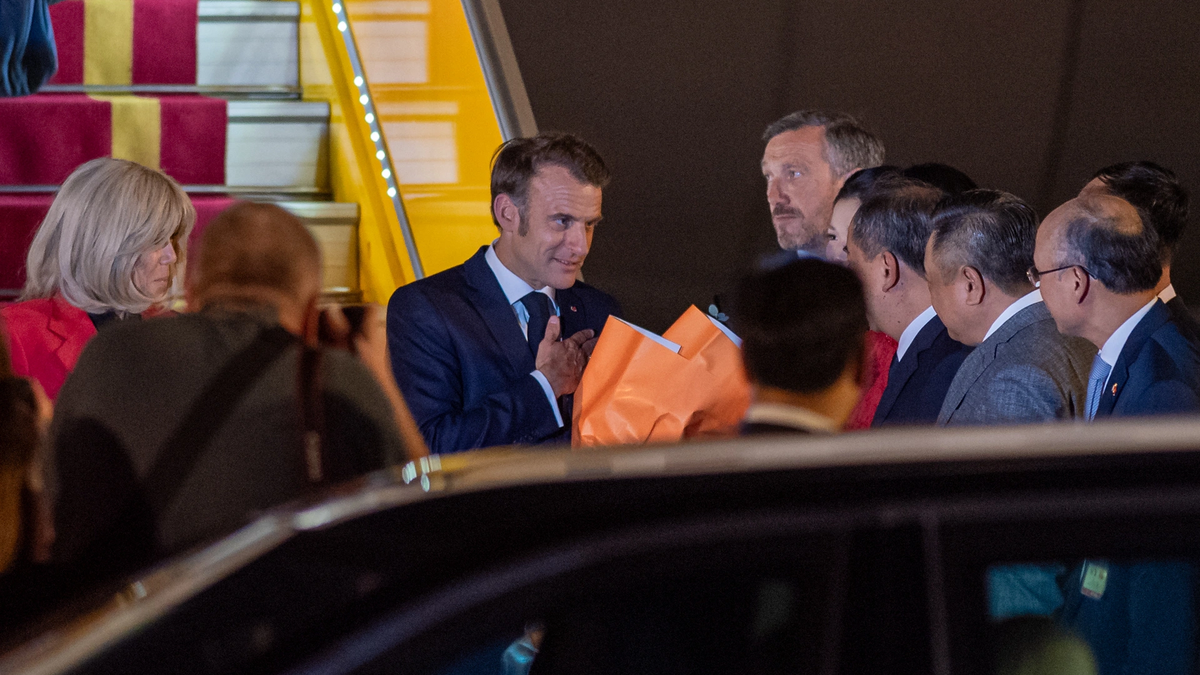

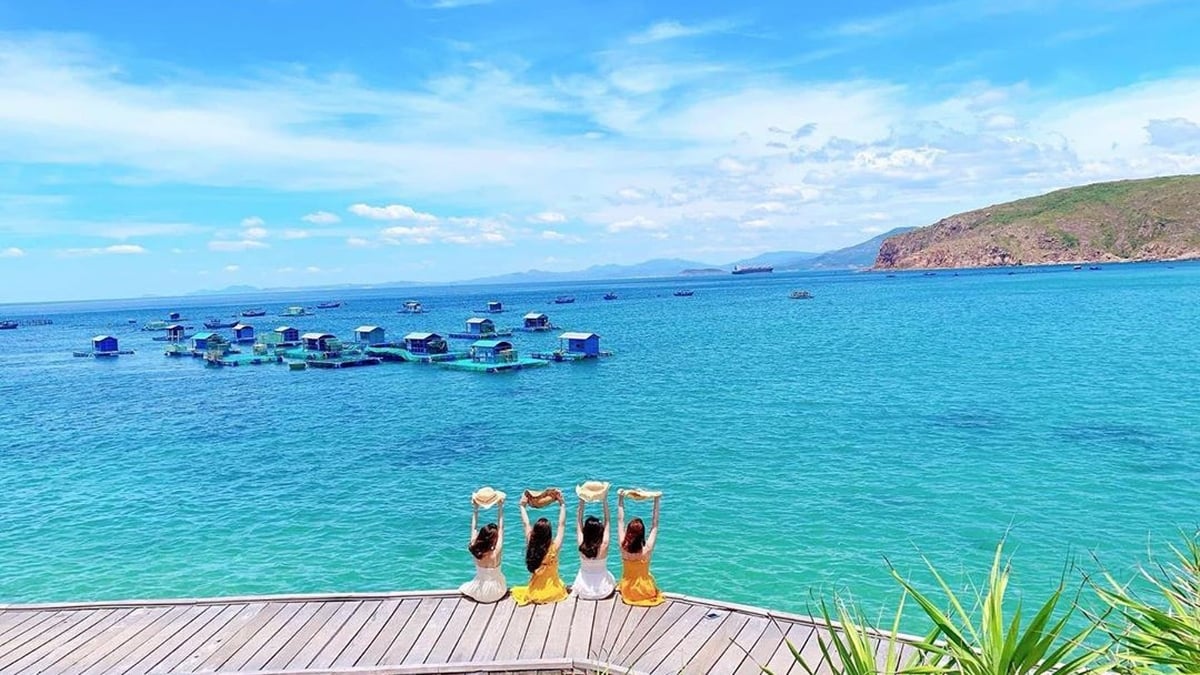
![[Photo] Pink ball and table tennis](https://vphoto.vietnam.vn/thumb/1200x675/vietnam/resource/IMAGE/2025/5/26/d9f770bdfda243eca9806ea3d42ab69b)

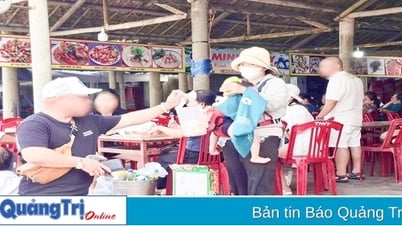

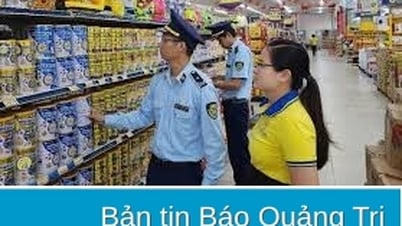
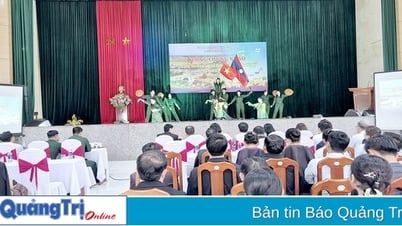
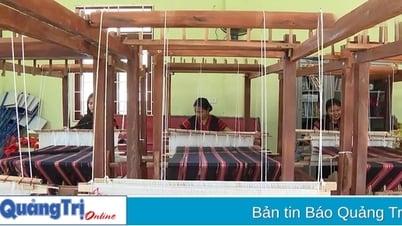
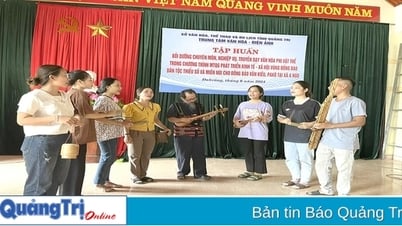
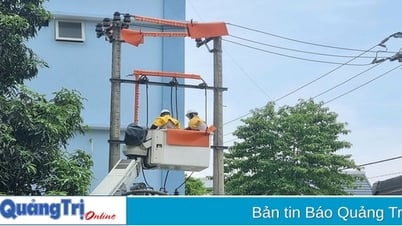





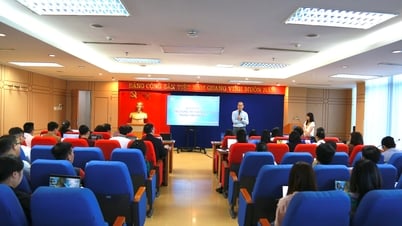

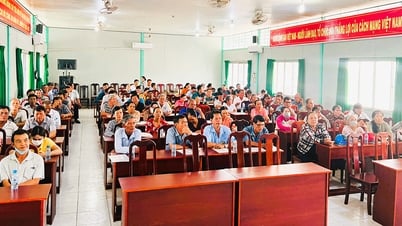


![[Photo] Ea Yieng commune settlement project abandoned](https://vphoto.vietnam.vn/thumb/1200x675/vietnam/resource/IMAGE/2025/5/25/57a8177361c24ee9885b5de1b9990b0e)
![[Photo] French President Emmanuel Macron and his wife begin state visit to Vietnam](https://vphoto.vietnam.vn/thumb/1200x675/vietnam/resource/IMAGE/2025/5/25/03b59c7613144a35ba0f241ded642a59)































![[Infographic] Vietnam-France Comprehensive Strategic Partnership](https://vphoto.vietnam.vn/thumb/402x226/vietnam/resource/IMAGE/2025/5/26/986f63068ea9413dbbb558ee6c6944f3)


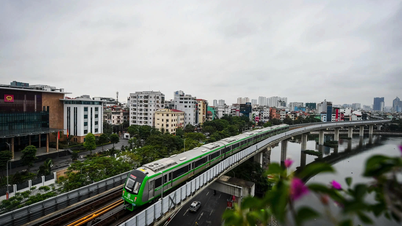











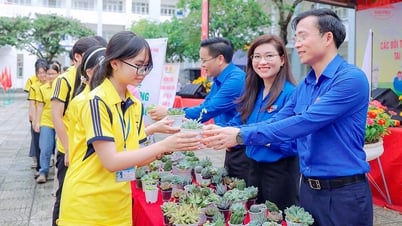




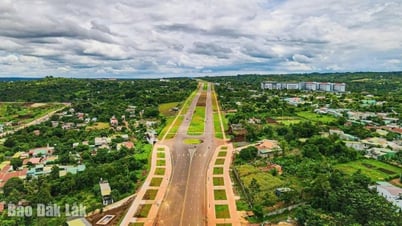

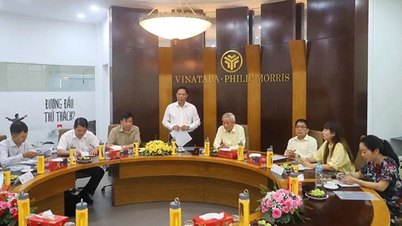

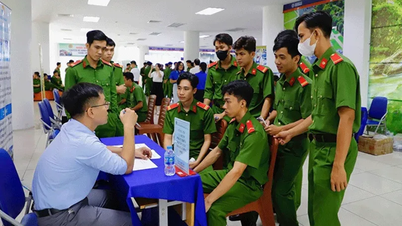
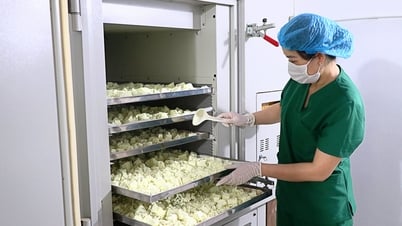










Comment (0)